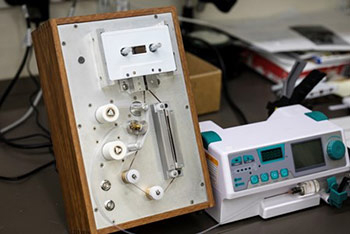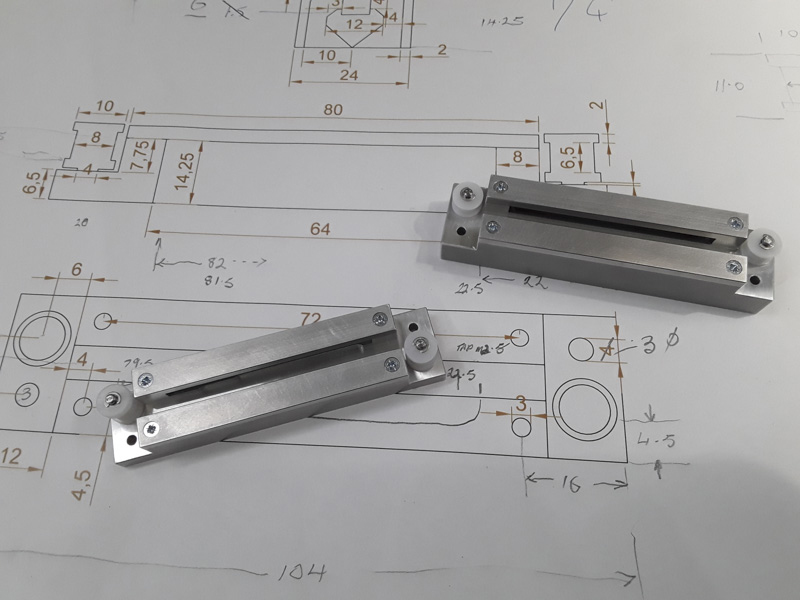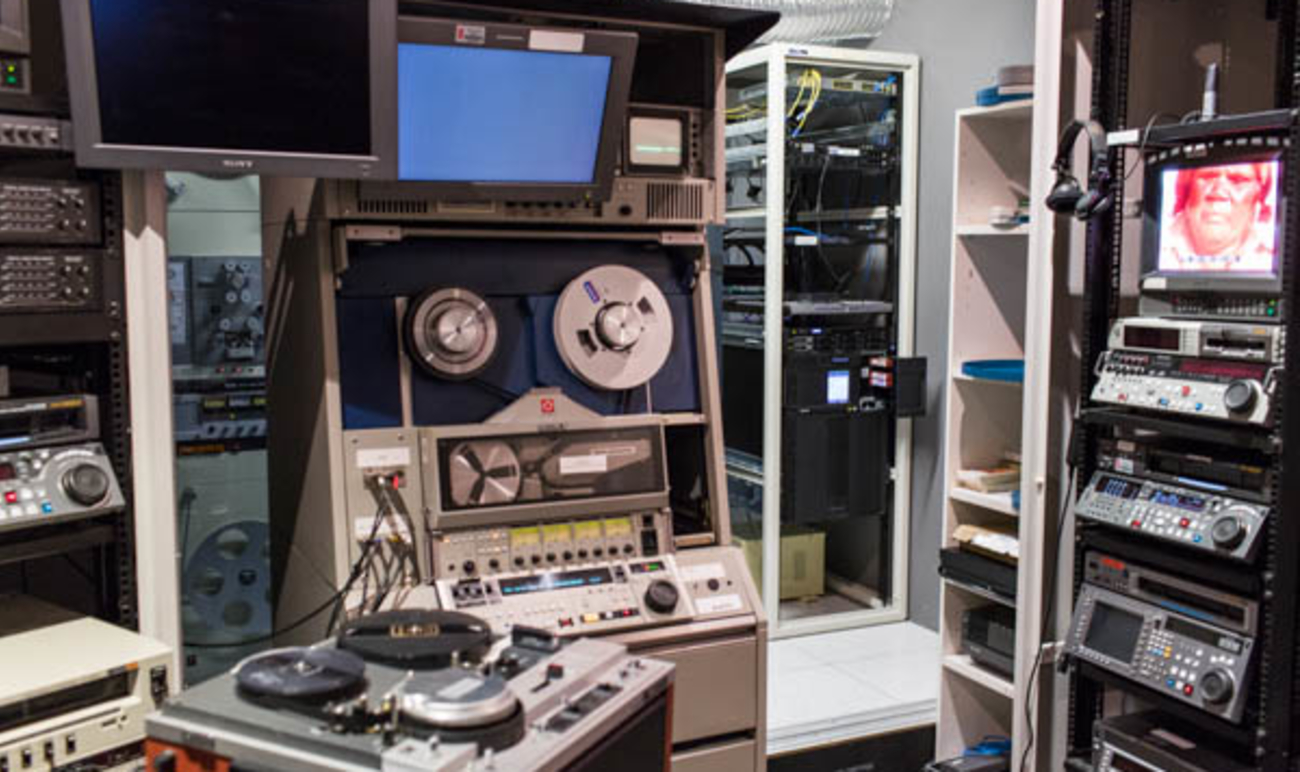Communities and cultural institutions across Australia are custodians of invaluable collections of audiovisual memories and stories. These recordings on magnetic audio and video tape, tell the stories of the people and communities of our country, identity, history and culture. But these memories and stories are at risk of being lost. UNESCO has identified the year 2025 as a critical date, after which it may not be possible to play and preserve this content.
Despite climate controlled vault storage at AIATSIS, these stories held on magnetic tape have inevitably continued to deteriorate with the passage of time. To date AIATSIS has digitised 88% of these at risk collections, but the increasing deterioration makes the digitisation of what remains slow and difficult.
Some tapes are affected by ‘Soft Binder Syndrome’, where the “glue” that holds the magnetic particles onto the backing softens, causing the tape to grip the play head as it is being digitised - which in turn generates an audible squeal that is transferred to the digital audio file being made, thus affecting the audibility of the digitised audio file.
The available Conservation science literature on this issue, indicated that the application of carefully controlled quantities of a non-toxic silica oxide solution to the affected tapes would minimise or entirely remove the noise created, whilst simultaneously providing tape surface cleaning ‑ both factors improving the final quality of audio digitisation capture.
In response to these issues, the AIATSIS Engineering staff developed a purpose built cleaning machine, which evenly applies a very small amount of the silica oxide solution and then removes excess residue through forced evaporation of the volatile component of the solution. An audiocassette format version of this device has been developed so far and is in final testing stages, whilst a companion device is in development to address the same problem in ¼”inch open reel format audio tapes.
October 27 is World Day for Audio Visual Heritage.







